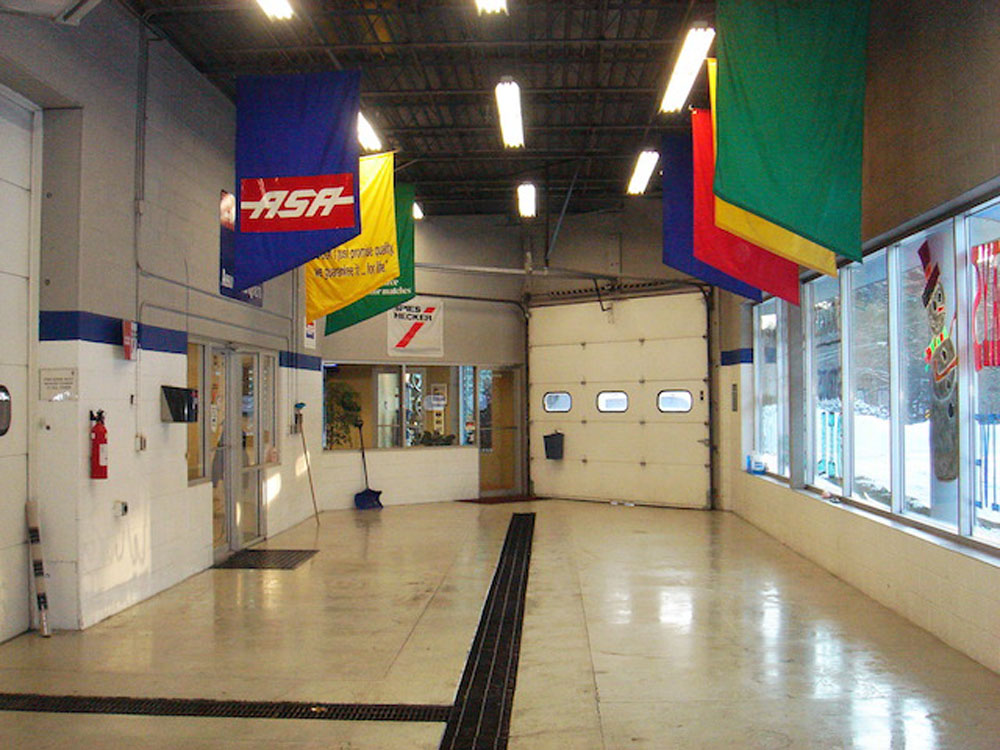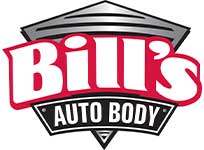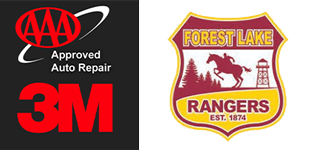
Many consider rust a part and parcel of car ownership. How much rust is considered too much?
Rust is a common problem for car owners. It can happen to any vehicle, but it’s especially dangerous for those who live in Minnesota. It takes education and knowledge to face the terrible brown menace. Sometimes things aren’t so bad as you think, sometimes they are.
Rust is a normal part of life. It’s like a storm coming in two hours after your car was washed. It’s normal, it happens. You just learn how to deal with it. You must take action to stop rust from ruining your car and yourself. This guide will help you understand rust and how it occurs. It can also help you identify when your car is too rusty, especially if you are inspecting a used vehicle that you may be considering buying. Please take note.
Rust, an iron oxide, is formed when iron or iron alloy (steel), oxidize. This is when a compound bonds to oxygen. Unprotected iron or iron alloy metals can corrode, flake and degrade in an characteristically reddish-brown color.
While all metals undergo some degree of oxidation, certain metals, such as gold, silver, and copper, don’t rust due to a process called “passivation”. Passivation is when the oxidized layer bonds to the new metal beneath, protecting it against the elements. Iron is not able to do this by itself. Iron oxidizes and does not bond with the good metal. It just flakes off.
This oxidation can cause more harm than an unpleasant nuisance. It can also affect the integrity of the metal. The topmost layer of metal starts to oxidize and flakes off, exposing the good metal to the atmosphere. The good metal starts to oxidize, and the cycle continues until there is no more metal left. The oxidation process is accelerated by salt and water.
Cars are made from steel and an iron alloy. Rust can cause serious safety problems. Rust can cause damage to suspension members, subframes and unibodies. Every steel piece that isn’t protected will eventually rust. This is why we have extensive security measures in place.
Passivation is a feature of cars. Paint on parts of the car or body panels can help stave off oxidation. However, any nicks or breaks within that protective layer will expose the steel and cause it to oxidize.
What is Rust’s Compromise on Integrity?
It is absurd to think that the mere existence of rust means that a vehicle can’t be safely driven. In many places, surface rust or a thin layer of oxidation is inevitable. The metal beneath a part still retains its integrity, even if it has surface rust. A little paint and sandpaper would suffice to passivize the metal.
Integrity is at risk when things go beyond the surface. Metal pieces with rust holes or severe loss of metal have severely compromised their structural integrity.
Modern cars are often made from steel. However, not all parts of the vehicle are made of the exact same steel (or iron alloy) combination. Some parts may be made from stainless steel which contains chromium to promote a natural passivation process. Some parts may have additional additives to slow down oxidation, or they might not be paintable.
What is too rusty about something?
It is unsafe to drive a rusty, unibody, or subframe. Subframes are crucial in keeping the suspension and engine in place. They also absorb some of the impact forces in a crash. Because it is the main component of the vehicle’s structure, a vehicle with a weak subframe can be unsafe to drive. Similarly, any vehicle that has structure-compromising rust on shock towers, suspension members, or too much on the unibody itself isn’t safe. These weakened metal parts are less able to perform their tasks effectively and more likely to fail.
Is it possible to repair it?
Two things are not the same: can and should. Repairing rust is fundamentally about stopping the oxidation process and preparing the surface. If necessary, the lost metal can be replaced with new metal to regain its strength.
This whole process can prove to be very complicated in practice. You can repair some parts like suspension members, subframes or body panels with sanding and paint to stop rusting. You can swap out replacement parts for units if they are in bad shape.
Other parts may be more difficult to repair. A rusty unibody will need welding to repair the damage caused by rust. For a simple repair, this can run from a few hundred to thousands of dollars. This is a common process for restoring a valuable or historic car. A less-expensive car may not be worth the effort or cost more than it is worth. In this case, the car is basically scrap.
What should I look for? What Do I Look for?
These are the areas you need to inspect for excess corrosion and rusting. These areas should be inspected for holes or signs of strength-reducing rust.
- Rocker panels and sills
- Strut towers
- Lower control arms
- Springs
- Floorboards
- Windshield frames
- Frames, subframes
Ask yourself how much the vehicle is worth. Are the funds available to purchase the vehicle? It may be worth selling it to someone else or sending it to the great scrapyard up in the sky if you are unable to.
Rust is a normal part of everyday life. Cars are made from materials that we found in the earth and are not immune to the elements. It’s not difficult to determine if a car has become too rusty for you to use.
Check with Bill’s Auto Body Shop in Forest Lake to see if your car is worth fixing.


